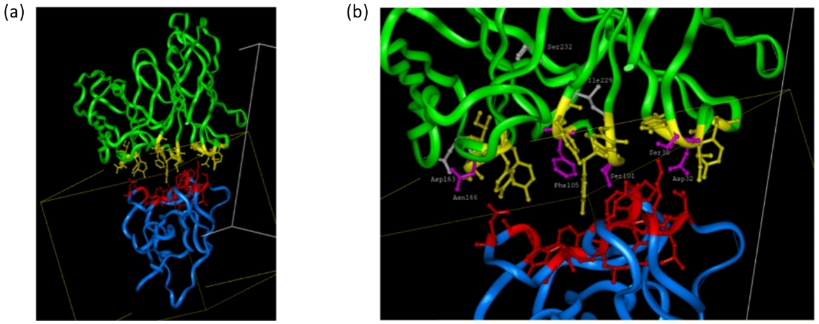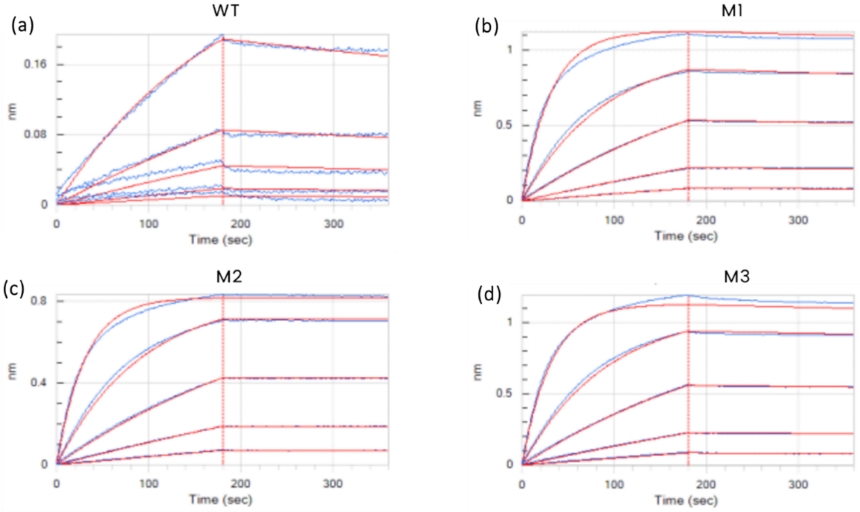
- Home
-
Services
 Leading molecular discovery services
Leading molecular discovery services
 Antibody Discover Service
Antibody Discover Service
 Technology platform
Technology platform
 Technology optimization service
Technology optimization service
- Products
- Resources
- Publication
- Contact Us

 Leading molecular discovery services
Leading molecular discovery services Antibody Discover Service
Antibody Discover Service Technology platform
Technology platform Technology optimization service
Technology optimization service
Antibody Affinity Maturation Service
Antigen binding affinity is one of the most critical properties of a therapeutic antibody. Therefore, methods used for antibody affinity maturation, including random mutagenesis, targeted mutagenesis, chain shuffling and in silico approaches, are widely applied.
We use Computer-based Modeling to generate a 3D structure of an antibody–antigen complex and predict mutation “hotspots”, generate a large number of antibody variants with specific mutations. This, combined with our State-of-the-Art Yeast Surface Display Platform, has resulted in significant improvements in antigen binding affinity.
Service Process

Fig 1. Antibody affinity maturation service process based on yeast surface display platform
Service Advantages

Fig 2. Service advantages of antibody affinity maturation
Computer-based Modeling
Antibody affinity maturation library design based on computational design.

Figure 3. Computer Modeling of Antibody–Antigen Interaction. Key residues at the interaction interface were predicted. Green: single-chain antibody; Blue: antigen N-terminal; Yellow: key residues in the antibody; Red: key residues in the antigen.
Affinity-improved mutation variants are obtained from yeast surface display platform.

Figure 4. Optimizing Antibody Binding Affinity. A yeast surface display library was constructed, followed by three rounds of FACS sorting. High-expression (anti-Kappa-PE) and high-binding (APC-Ag) clones were selected for functional validation.
In vitro Validation (Case Study)


Figure 5. Affinity Enhancement in Mutants vs. Wild Type. Mutants (M1, M2, M3) showed 20- to 200-fold affinity improvement over the wild type (WT).
Service provided


Tel:+86 4008677715
E-mail:service@nb-biolab.com
Address:SME Incubation Park, 319 Qingpi Avenue, Chengdu, China.
Working time:9:00-18:00